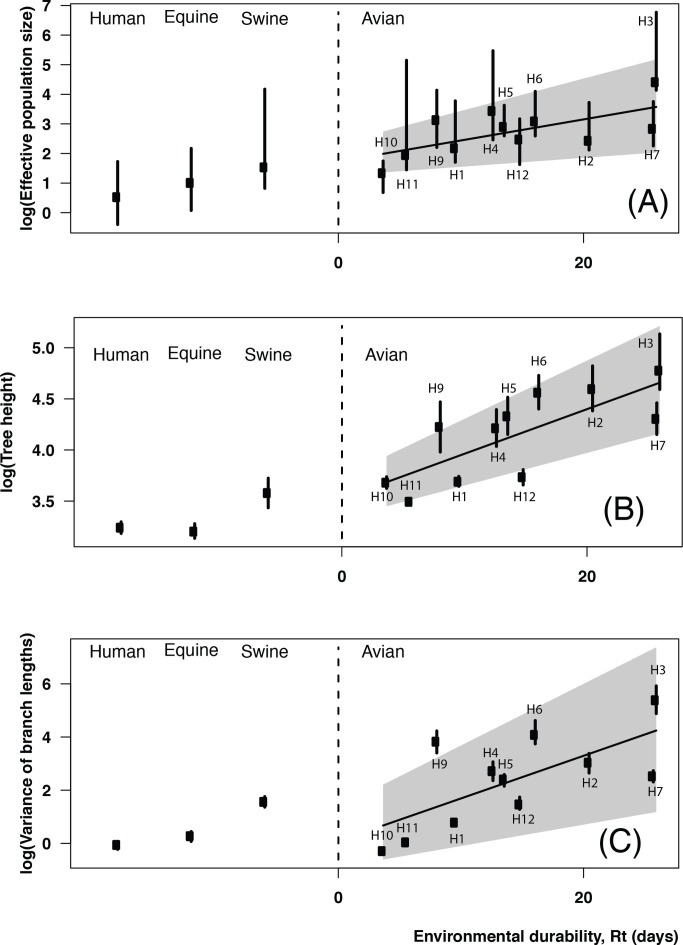Figure 5. Magnitudes of environmental durability of influenza subtypes and their consequences for evolutionary patterns observed in sequence data.
(A) Under natural physical conditions (temperature, 20°C; salinity, 0; pH 7.2, no seasonality), increased environmental durability (captured by Rt) is associated with higher scaled effective population size (linear relationship with a coefficient of 0.07 and a correlation coefficient of r = 0.65, p = 0.029). As shown in S5.4, assuming a seasonally weighted value of Rt does not change this association. (B) Environmental durability is correlated with tree height (the sum of branch lengths from the tip to the root), which indicates an increase in antigenic diversity (linear regression with a slope at 0.043, correlation coefficient of r = 0.75, p = 6.83×10−3). (C) The variance in branch lengths increases with virus durability, indicating variability in transmission time scales (linear regression with a coefficient of 0.16 and correlation coefficient of r = 0.68, p = 0.019). Confidence intervals show the 75% quantile in every panel. HAs for humans (H3), equines (H3), and swines (H1) are the most prevalent Hemagglutinin subtypes for these hosts.

